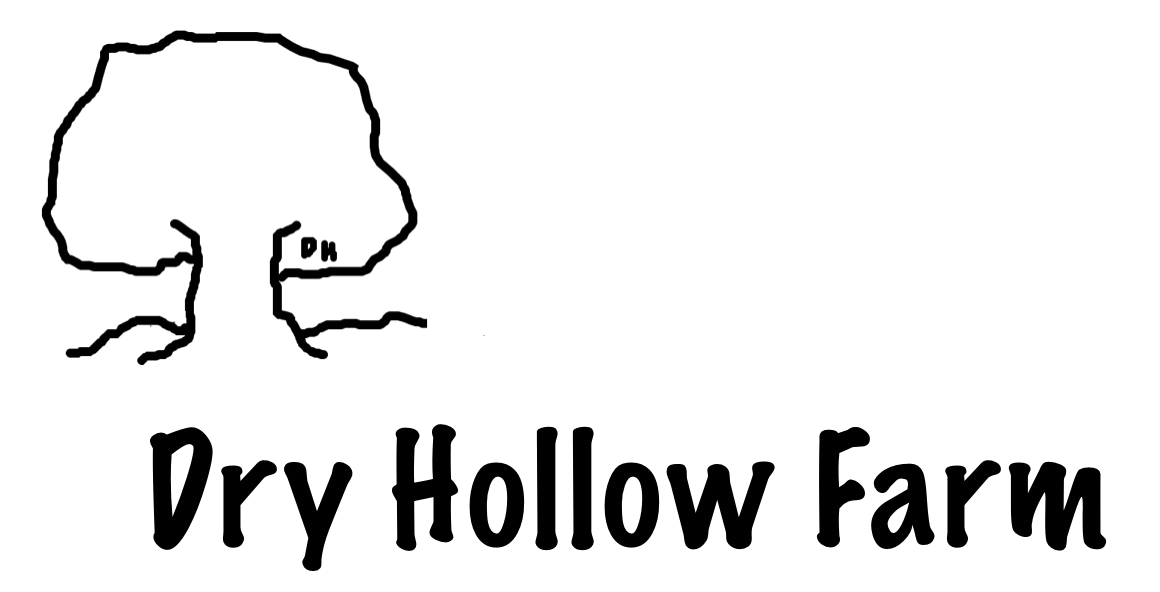Summer Soapmaking #1
Although we handcraft goat milk soap every month of the year, there are two seasons when we make a concerted effort to produce as much as humanly possible: mid-winter and mid-summer. In January and February, we use the long, dark winter evenings to restock our soap inventory after the rush of the Christmas season. In mid-summer, we create as many bars of soap as we can in preparation for our fall festival events. Although we maintain steady sales throughout the year, September through December is our heaviest buying season.
While in winter we tend to craft soap of an evening, summer finds us in the kitchen throughout the afternoon because the baking July and August heat forces many of our farm chores into the early morning and evening hours.
There are a variety of approaches to soap-making, and when you create a soap for direct, retail and wholesale markets, you first must choose the type of product you’d like to offer. At a recent market event, a fellow soap seller approached us and asked why we crafted our soap as molded 3.5-4.0 oz. rectangular bars instead of cutting logs into larger, square bars. This was our choice. We’ve also examined the offerings of shops and markets that display beautifully designed, decorative bars of soap with vibrant colors and patterns and additives. Ours look plain and simple by comparison.
The question of soap type is not a matter of “which is better,” but rather who is your target market and what is your target purpose.
Our goat milk soap is not intended to serve as a decorative bathroom piece or a specialty designer gift. Kudos to those who fashion these with an artistic flair that demonstrates great skill and creativity, but when I first began making soap ten years ago, I quickly realized this was not my skill set.
Instead, I turned my attention to goat milk soap people will be passionate about using. With every sale, I encourage our customers to actually use the soap. Yes, our bars are very aromatic with a variety of refreshing and pleasant fragrances, but their true value lies in the benefits for human and pet skin.
Goat milk is by nature alkaline (as opposed to acidic cow’s milk). Its alkalinity is beneficial for many whose stomachs have difficulty digesting cow’s milk. It is also beneficial for the surface of our skin (the largest organ of the human body).
Goat milk contains a wide variety of nutrients, fatty acids, and antioxidants beneficial for skin health. It’s another reason why we want our customers to use the soap. Faces, bodies, even hair and scalp benefit from daily use. For this reason, we create a bar that’s easy to hold in the shower and will last several weeks if allowed to dry between use. We create almost forty different varieties to offer our diverse clientele, and encourage buyers not to let the wonderful smells keep them from using it. Hint: No scent lasts forever.
For our standard bars of soap, we decided to offer three product lines.
#1 We have the basic soaps that contain fragrance oils with a wide of variety of scent profiles. From honeysuckle to cucumber to bay rum to green clover to white pumpkin amber, the list of fragrances available is almost endless. These fragrance oils contain both synthetic and essential oils and generally maintain their scent the longest. Each year we update our fragrance offerings, keeping those that are our fan favorites, adding new options, and occasionally discontinue those slow to sell.
#2 We create a variety of soaps that only contain essential oils in order to produce their scent profile. This is a limited set of offerings and tend to lose their fragrance more quickly. For our customers who favor essential oils such as lemon eucalyptus, lavender, peppermint, or tea tree oil for a wide variety of reasons, these are a great choice for an all-natural, healthy bar of soap.
#3 We offer several varieties of goat milk soap with no scent profile as we have many customers with fragrance allergies. Varieties such as oatmeal honey, charcoal, and plain unscented contain only our blend of raw goat milk and skin-healthy oils.
Finally, remember that our sense of smell is directly related to our sense of taste, and varies dramatically from one person to another. It is fascinating for us to set up at a farmers market or craft show and listen to the discussions of people who visit our booth. One will pick up a bar of soap and sniff it dramatically before commenting how strong a fragrance it has. A second visitor will pick up the same bar of soap and struggle to smell anything at all.
Again, no matter what product you envision creating when developing a value-added agribusiness, you must first address your target market and your buyers. There is no “right” or “wrong,” but simply an understanding of why you make what you make. What are our customers’ buying preferences? How will our customers use our products? How can we create a sustainable market share with both expansion and repeat business? These questions drive every product we choose to make.
Dr. Kathryn Bush owns and operates Dry Hollow Farm, a working goat and sheep farm in Huntingdon, Tennessee. Together with her husband, Russell, she creates skincare products from their fresh goat milk, grows organic herbs, welcomes visitors to their two cabins on the farm (available for stays through Airbnb), keeps the farm’s on-site soap shop stocked with their handcrafted products, and enjoys working the farm in company with their Great Pyrenees dogs (who work hard guarding the animals). Check out their natural products featuring farm-grown ingredients here, and sign up for the Dry Hollow Farm newsletter to stay in touch and be the first to hear about farm news, events, and new products.
